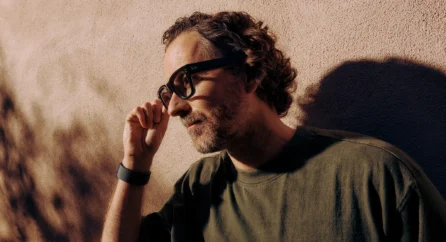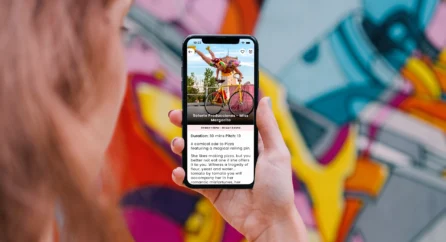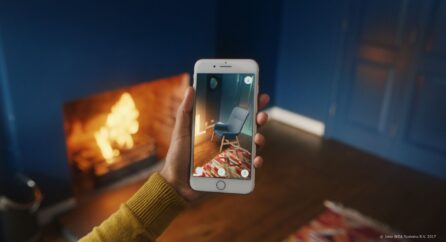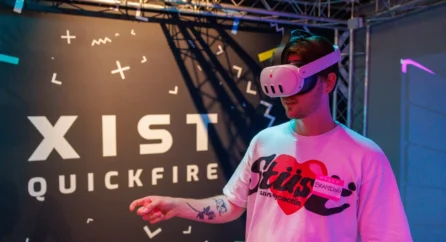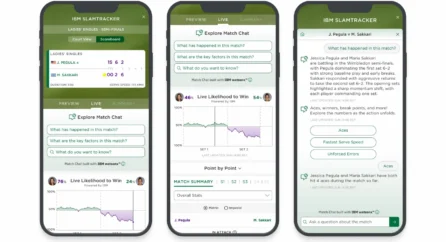Home Knowledge Base How virtual reality is transforming education
How virtual reality is transforming education
17th September 2018

Virtual reality can transport users to a completely believable environment, offering almost limitless possibilities in education. From interactive learning experiences to practical training simulations, VR enables students and teachers to engage in ways that traditional methods cannot. Our work with Ericsson and Connect to Learn demonstrates this through a ‘virtual classroom’ for teacher training — but what does the future hold for VR in education?
Building confidence through VR
VR helps users improve presentation and teaching skills by allowing them to practice in realistic scenarios. In the Ericsson Virtual Classroom, teachers receive feedback on:
-
Volume and tone of voice
-
Visual engagement with students
-
Classroom movement and interaction
VR also teaches abstract pedagogical skills, such as framing responses to questions and managing class dynamics. It provides a safe space for experimentation, allowing teachers and students to “dry-run” real-life scenarios without risk.
Developing real skills in a virtual world
Students can practice public speaking, social interaction, and handling challenging situations in VR without fear of judgment. This is especially valuable for students with special needs or conditions such as anxiety or autism.
VR also fosters empathy and emotional understanding, enabling teachers and students to engage meaningfully with scenarios such as bullying, conflict resolution, or job interviews. Users can repeat experiences multiple times, reinforcing learning and confidence.
Engaging teachers and students
In collaboration with Ericsson and Connect to Learn, we created a training simulation where teachers:
-
Perform lessons from their curriculum
-
Receive real-time and summary feedback
-
Interact with virtual students performing varied tasks
This adaptive system allows teachers to practice complex scenarios in a risk-free environment. VR also enhances learning of subject matter, making lessons engaging and immersive:
-
Historical recreations allow students to explore events firsthand
-
Travel through the solar system or a volcano
-
Conduct experiments safely in a virtual lab
VR as the tool of the future
Our virtual classroom shows how VR can prepare teachers effectively for real-world teaching while offering immersive learning opportunities for students. As VR hardware becomes more practical, affordable, and immersive, its educational potential expands significantly.
With continued adoption, VR can support better teaching, higher confidence, and more effective learning, both in schools and at home.
Related posts






